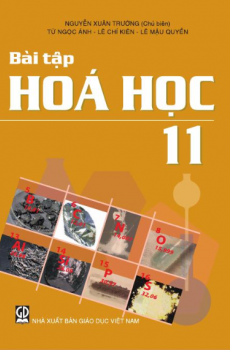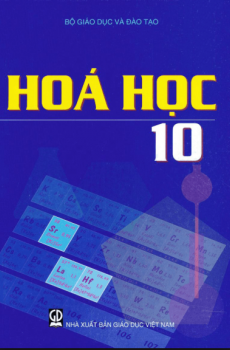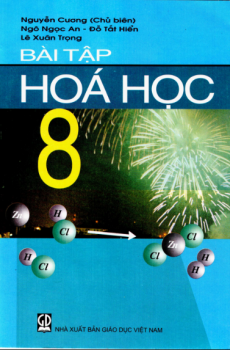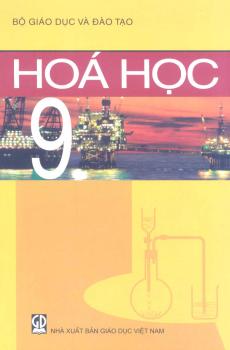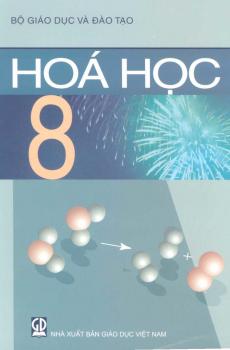An Introductory Course of Quantitative Chemical Analysis With Explanatory Notes
An Introductory Course of Quantitative Chemical Analysis With Explanatory Notes
Log in to download this book.
| Publisher | Chưa rõ |
|---|---|
| Accessible book producer | Public domain |
| Published year | 2004 |
| Coppy right | Chưa rõ |
This Introductory Course of Quantitative Analysis has been prepared to meet the needs of students who are just entering upon the subject, after a course of qualitative analysis. It is primarily intended to enable the student to work successfully and intelligently without the necessity for a larger measure of personal assistance and supervision than can reasonably be given to each member of a large class. To this end the directions are given in such detail that there is very little opportunity for the student to go astray; but the manual is not, the author believes, on this account less adapted for use with small classes, where the instructor, by greater personal influence, can stimulate independent thought on the part of the pupil.
The method of presentation of the subject is that suggested by Professor A.A. Noyes' excellent manual of Qualitative Analysis. For each analysis the procedure is given in considerable detail, and this is accompanied by explanatory notes, which are believed to be sufficiently expanded to enable the student to understand fully the underlying reason for each step prescribed. The use of the book should, nevertheless, be supplemented by classroom instruction, mainly of the character of recitations, and the student should be taught to consult larger works. The general directions are intended to emphasize those matters upon which the beginner in quantitative analysis must bestow special care, and to offer helpful suggestions. The student can hardly be expected to appreciate the force of all the statements contained in these directions, or, indeed, to retain them all in the memory after a single reading; but the instructor, by frequent reference to special paragraphs, as suitable occasion presents itself, can soon render them familiar to the student.
The analyses selected for practice are those comprised in the first course of quantitative analysis at the Massachusetts Institute of Technology, and have been chosen, after an experience of years, as affording the best preparation for more advanced work, and as satisfactory types of gravimetric and volumetric methods. From the latter point of view, they also seem to furnish the best insight into quantitative analysis for those students who can devote but a limited time to the subject, and who may never extend their study beyond the field covered by this manual. The author has had opportunity to test the efficiency of the course for use with such students, and has found the results satisfactory.
In place of the usual custom of selecting simple salts as material for preliminary practice, it has been found advantageous to substitute, in most instances, approximately pure samples of appropriate minerals or industrial products. The difficulties are not greatly enhanced, while the student gains in practical experience.
The analytical procedures described in the following pages have been selected chiefly with reference to their usefulness in teaching the subject, and with the purpose of affording as wide a variety of processes as is practicable within an introductory course of this character. The scope of the manual precludes any extended attempt to indicate alternative procedures, except through general references to larger works on analytical chemistry. The author is indebted to the standard works for many suggestions for which it is impracticable to make specific acknowledgment; no considerable credit is claimed by him for originality of procedure.
For many years, as a matter of convenience, the classes for which this text was originally prepared were divided, one part beginning with gravimetric processes and the other with volumetric analyses. After a careful review of the experience thus gained the conclusion has been reached that volumetric analysis offers the better approach to the subject. Accordingly the arrangement of the present (the sixth) edition of this manual has been changed to introduce volumetric procedures first. Teachers who are familiar with earlier editions will, however, find that the order of presentation of the material under the various divisions is nearly the same as that previously followed, and those who may still prefer to begin the course of instruction with gravimetric processes will, it is believed, be able to follow that order without difficulty.
Procedures for the determination of sulphur in insoluble sulphates, for the determination of copper in copper ores by iodometric methods, for the determination of iron by permanganate in hydrochloric acid solutions, and for the standardization of potassium permanganate solutions using sodium oxalate as a standard, and of thiosulphate solutions using copper as a standard, have been added. The determination of silica in silicates decomposable by acids, as a separate procedure, has been omitted.
The explanatory notes have been rearranged to bring them into closer association with the procedures to which they relate. The number of problems has been considerably increased.
The author wishes to renew his expressions of appreciation of the kindly reception accorded the earlier editions of this manual. He has received helpful suggestions from so many of his colleagues within the Institute, and friends elsewhere, that his sense of obligation must be expressed to them collectively. He is under special obligations to Professor L.F. Hamilton for assistance in the preparation of the present edition.



